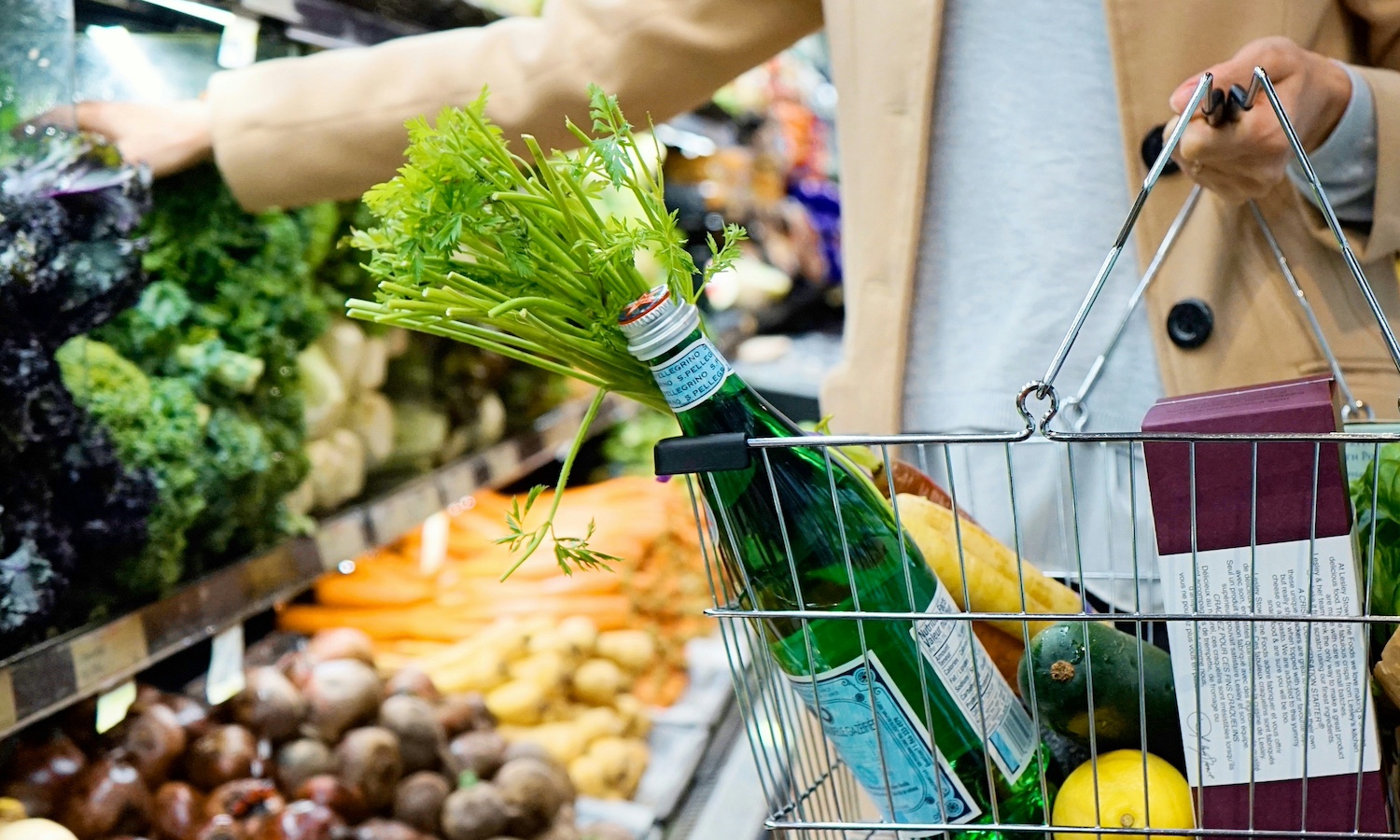The weight of unsold food dropped by 25 percent in grocery stores on the American West Coast over a four year period, according to a study from the Pacific Coast Food Waste Commitment (PCFWC) in partnership with the nonprofit ReFED.
PCFWC is a public-private partnership and voluntary agreement signed by businesses, government bodies, and other groups working toward industry-wide actions to prevent and reduce food waste. The Commitment includes stakeholders in California, Oregon, Washington, and British Columbia.
According to the study, grocery stores were able to reduce the amount of unsold food by almost 190,000 tons in monitored stores between 2019 and 2022. Unsold food rates “measure the share of inventory retailers fail to sell,” the report says.
Across departments, the bread and bakery section saw the highest value of unsold food items across retail outlets. Predicting demand for fresh, made-onsite items, on any given day, and at any given store, is very difficult, says Jackie Suggitt, Vice President for Business Initiatives & Community Engagement at ReFED. The department items are also highly perishable, often unpackaged, and on display near the hot bar or deli.
“A big challenge with food waste initiatives across the board is the lack of data,” Suggitt tells Food Tank. Retailers often struggle to track progress around retail food waste due to limited information. But this new study aims to change this, serving as the most recent analysis of retail food waste and the longest year-over-year aggregated dataset in the country.
The data collection challenge is partly due to a lack of standardization and predictability in the food industry, Suggitt says. The tools used to measure food waste were originally designed to measure other information. These tools will need to be adapted to collect the necessary food waste data.
Another challenge is the focus of internal reports, which may concentrate on indicators such as sales and growth. Data may also be collected and housed in one department or sector, resulting in inconsistent access and visibility to core metrics across the full business.
Suggitt states that businesses that join the PCFWC have access to data collection and analysis, allowing them to benchmark against their peers, learn more about food waste hotspots within their operations, and target solutions more effectively. ReFED’s analysis estimates that across the entire food system, implementing the solutions set would yield a five-to-one net economic benefit.
In exchange for information and support from ReFED and the PCFWC, signatory businesses commit to reporting data annually about the food waste in their operations.
Additionally, PCFWC signatories are “able to participate in intervention projects, in which solutions and strategies are piloted to demonstrate their effectiveness and serve as examples for other businesses and sectors to adopt and scale,” Suggitt says. Businesses across the supply chain can also “participate in pre-competitive working groups and sector summits” to collaborate on addressing pressing issues.
Technology, including artificial intelligence, are being used to “enhance or replace existing systems and allow for dynamic pricing, better forecasting, improved inventory management,” Suggitt tells Food Tank. During one intervention project, retailers saw an average 14.8 percent reduction in retail food waste per store by implementing artificial intelligence tools to improve forecasting and order accuracy. And low-tech programs, like employee engagement programs, can build a culture of sustainability and encourage waste reduction.
Articles like the one you just read are made possible through the generosity of Food Tank members. Can we please count on you to be part of our growing movement? Become a member today by clicking here.
Photo courtesy of Tara Clark, Unsplash















